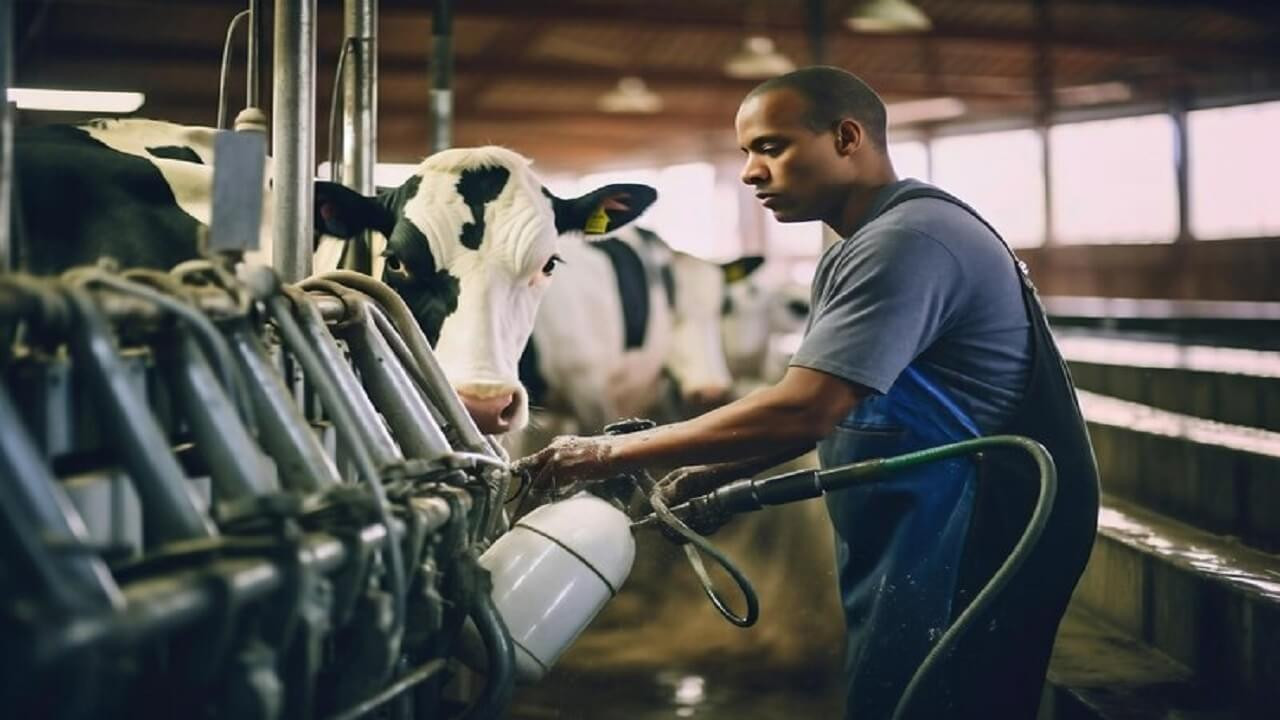
Impact of Cow Breeds on Milk Production in Nigeria
October 9, 2024, 10:15 am
The breeds of dairy cattle have been established by years of careful selection and mating of animals to attain desired types.
Impact of Cow Breeds on Milk Production in Nigeria
Increased milk and butterfat production has been the chief objective, although the objective often has shifted to increased milk and protein production. Production per cow varies with many environmental factors, but the genetic background of the cow is extremely important. The principles of breeding to improve production have been helpful in increasing milk production in lesser developed countries.
In the early 1800s, in the temperate region, the average dairy cow produced less than 1,500 litres of milk annually. With advances in animal nutrition and selective breeding, one cow now produces an average of 6,500 litres of milk a year, some cows producing up to 10,000 litres.
The Holstein-Friesian cow produces the greatest volume, but other breeds such as Ayrshire, Brown Swiss, Guernsey, and Jersey, while producing less milk, are known for supplying milk that contains higher levels of fat, protein, and total solids.
The local breeds such as White Fulani, Sokoto gudali, Adamawa gudali, Muturu, N’dama and Keteku cattle that contribute about 65% of the milk in Nigeria is multipurpose, yielding about 675 liters of milk per cow annually, implying that the local breed is therefore not a good milk producing breed. Genetic improvement of the local varieties relies on natural crossbreeding.
Less than 3% of the stock has been artificially inseminated (Michael et al., 1991). High calves’mortality (20-25%) and long calving intervals (20-26 months), slow maturation and low productivity of the local breed of Nigeria cattle add to these problems.
After the colonial era, the federal, regional and/or state governments established several dairy processing plants throughout the country. Among these were Madara Limited in Jos, Plateau State and Agege Dairy Farm in Lagos State. The first herd of indigenous cattle was upgraded with exotic breeds, which by the year 1975 produced nearly 2,898 litres of milk per cow annually.
The efforts of the federal government to develop the dairy sub-sector through government own dairy farms where much emphasis was laid on upgrading the local breeds with the exotic breeds collapsed due to poor management.
As at 2012, the only locations where crossbreed dairy cattle (White Fulani vs Holstein Fresian breed) and pure breed (European) dairy cattle can be found is NAPRI at Zaria, Kaduna State. A total of 250 crossbreeds, males and females, were sold to farmers outside the station during the period.
To mitigate these challenges, government needs to establish a replica of NAPRI in each zone of the country and also provide license to selected private farms to carryout breeding programs aimed at upgrading the indigenous breeds of cow with foreign breeds that will serve as parent stock for smallholder dairy farmers in the country.
[Ed. Note: Durojaiye Akeem is the CEO of Theos Maman Dairy Enterprise. He is a specialist in dairy machinery installation, training and consultancy.]

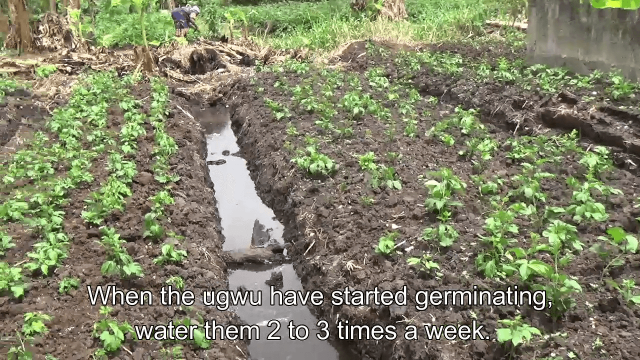
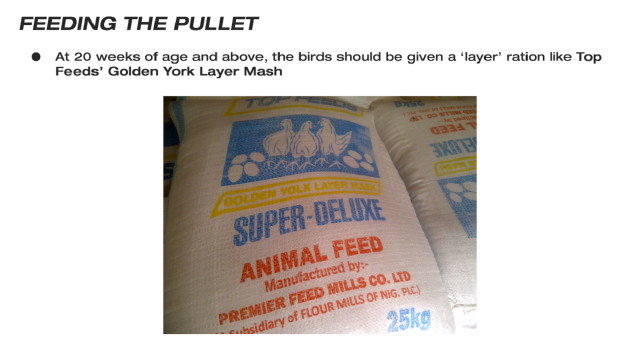
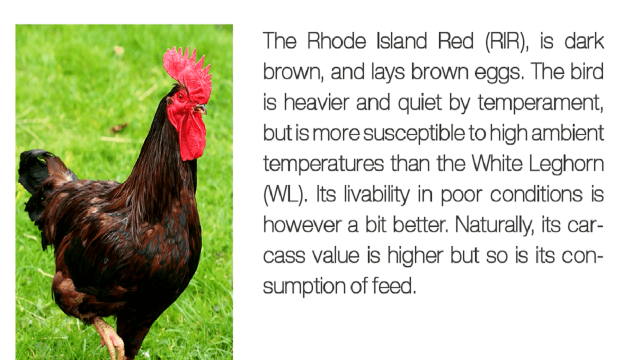
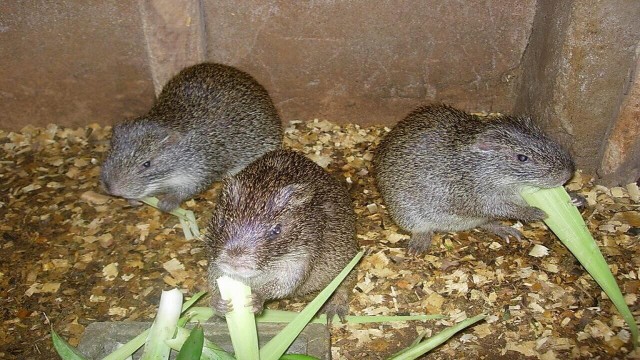
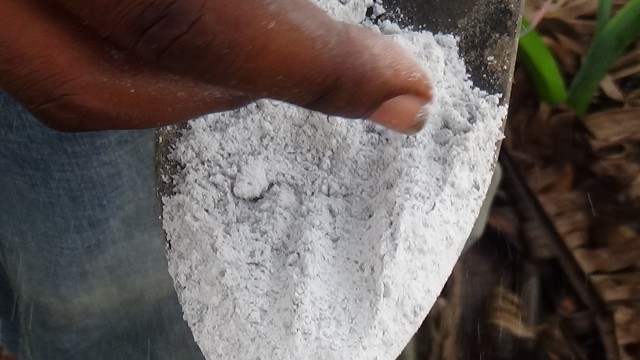

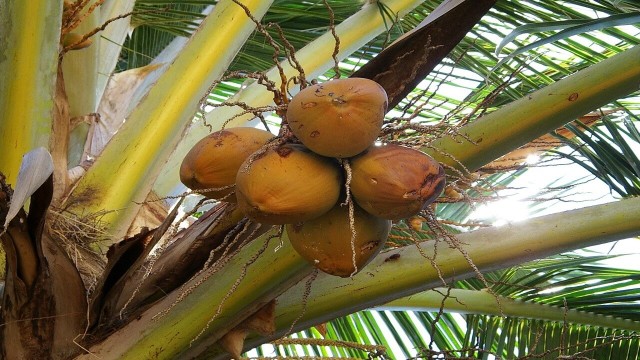

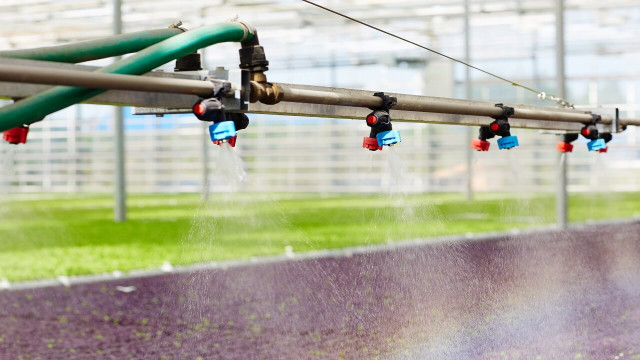
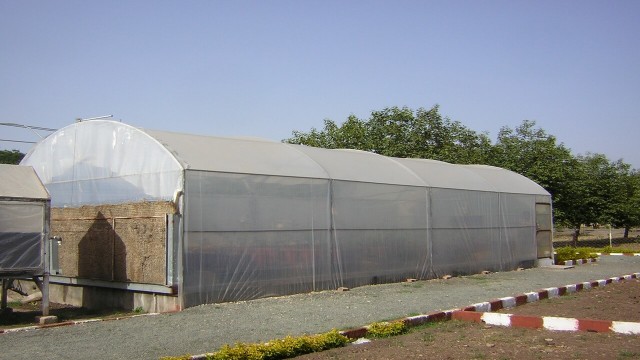
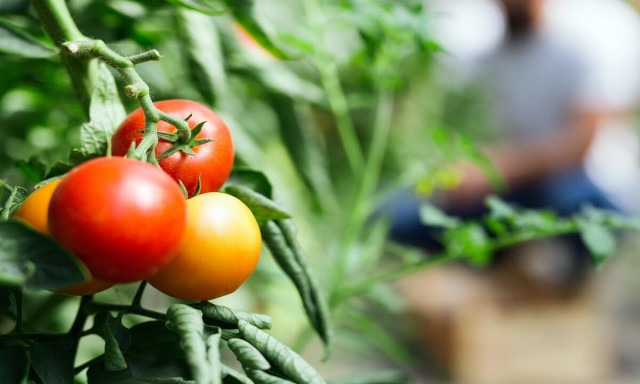
Share This Article: